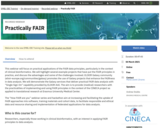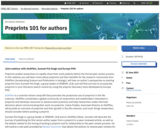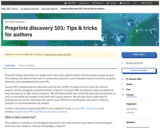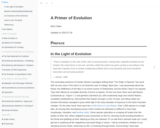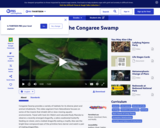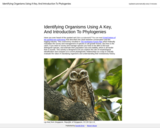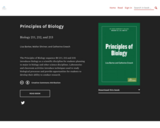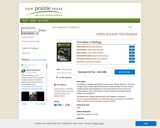Joint webinar with ASAPbio, Sumeet Pal Singh and Europe PMC
Preprints enable researchers to rapidly share their work publicly before the formal peer review process. In this webinar you will learn more about preprints and their benefits for the research community from ASAPbio (Accelerating Science and Publication in biology); will hear an author’s perspective on posting preprints from Sumeet Pal Singh, a group leader at IRIBHM, ULB; and will find out how to incorporate preprints in your literature search routine by using the preprint discovery tools developed by Europe PMC.
ASAPbio is a scientist-driven nonprofit that promotes the productive use of preprints in the life sciences. ASAPbio coordinates a global community of researchers and stakeholders interested in preprints and develops resources to advance best practices and help researchers make informed decisions about communicating their work via preprints. Iratxe Puebla, Associate Director at ASAPbio, will provide an overview of preprints and their growth in the life sciences, and cover things researchers should consider before posting a preprint.
Sumeet Pal Singh is a group leader at IRIBHM, ULB and an ASAPbio fellow. Sumeet will describe the journey of publishing his first senior author paper from a preprint to a peer-reviewed article, as well as the details related to the timing of posting a preprint and its relationship to the peer-review process. He will outline a new path provided by Review Commons that allows the authors to receive peer reviews for their manuscript prior to a journal submission, as well as post the reviewer’s comments and the authors’ response on preprint server (bioRxiv).
Europe PMC indexes over 300,000 preprints abstracts and full text COVID-19 preprints from 20 life sciences preprint servers alongside published journal articles. Preprints in Europe PMC are linked to citations, data, community peer reviews and more. In this part of the talk we will demonstrate how to find relevant preprints, cite and track preprint citations, claim preprints to ORCID, or discover relevant resources.
Who is this course for?
This webinar is suitable to any biological researchers who wish to learn more about incorporating preprints into their research. No prior knowledge is required.
Outcomes
By the end of the webinar you will be able to:
Define what a preprint is
Choose a suitable preprint server for your work
Maximise the options for publication of the preprint at a journal
Decide when to post your manuscript as a preprint
Deal with community reviews and comments
Identify how to search for relevant preprints
Find data behind the preprint
Find comments or reviews associated with a preprint
Add a preprint publication to your publication list
Cite a preprint

